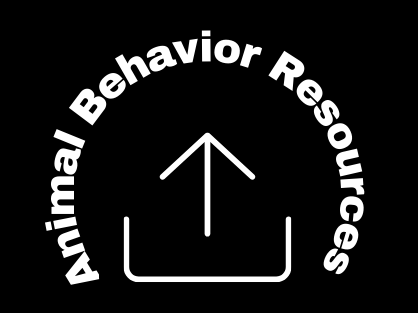https://evolution.berkeley.edu/bottlenecks-and-founder-effects/
Very brief reading about bottleneck and founder effect with examples. Webpage is part of the Understanding Evolution website from UC Museum of Paleontology. Webpage is available in Spanish.
Used as a pre-class reading to prepare for a class covering genetic drift and other mechanisms of evolution.
Course content area – Population Genetics & Mechanisms of Evolution – Genetic drift, mutation, gene flow, Hardy-Weinberg equilibrium
Course – Evolution & Behavior (100 level)
Campus – Hunter College


